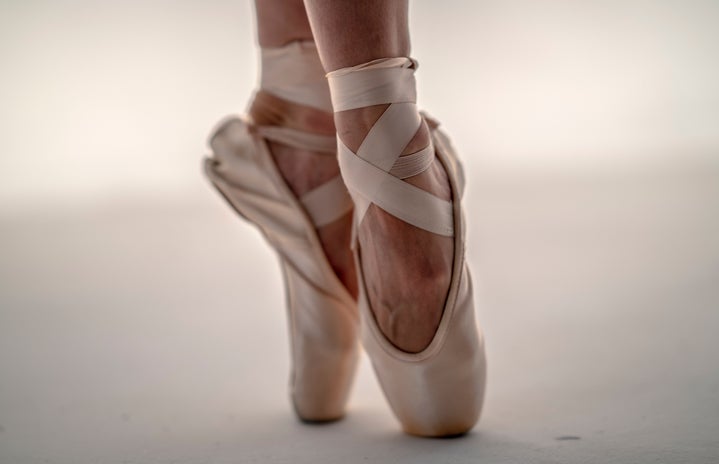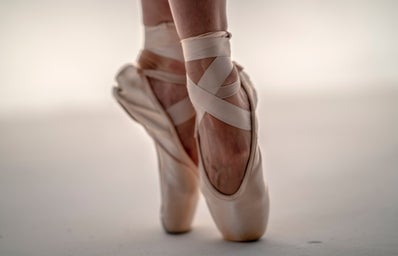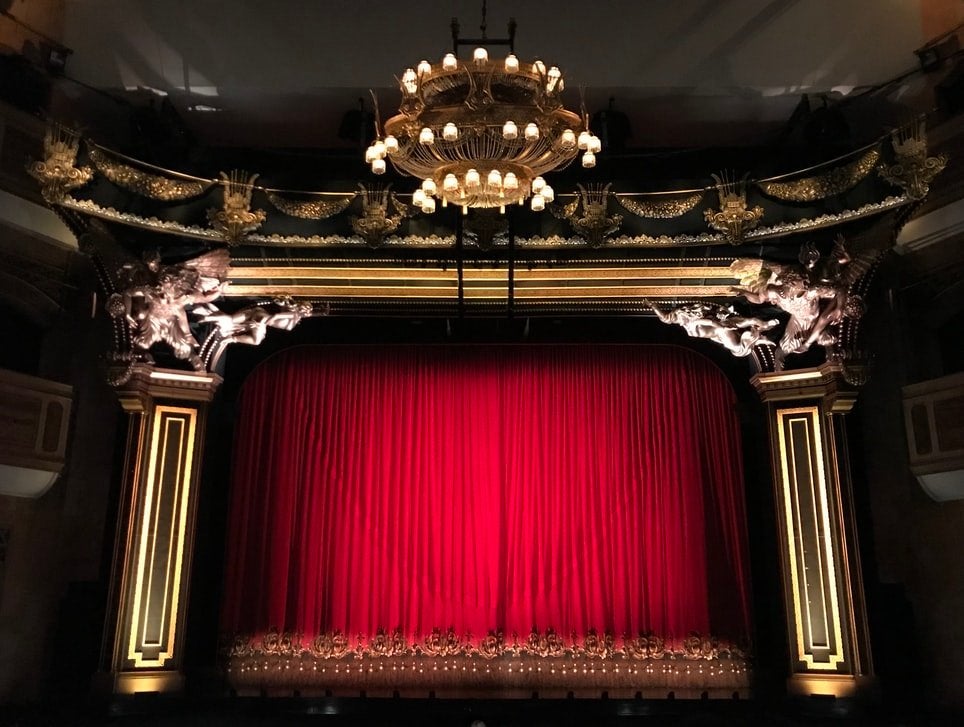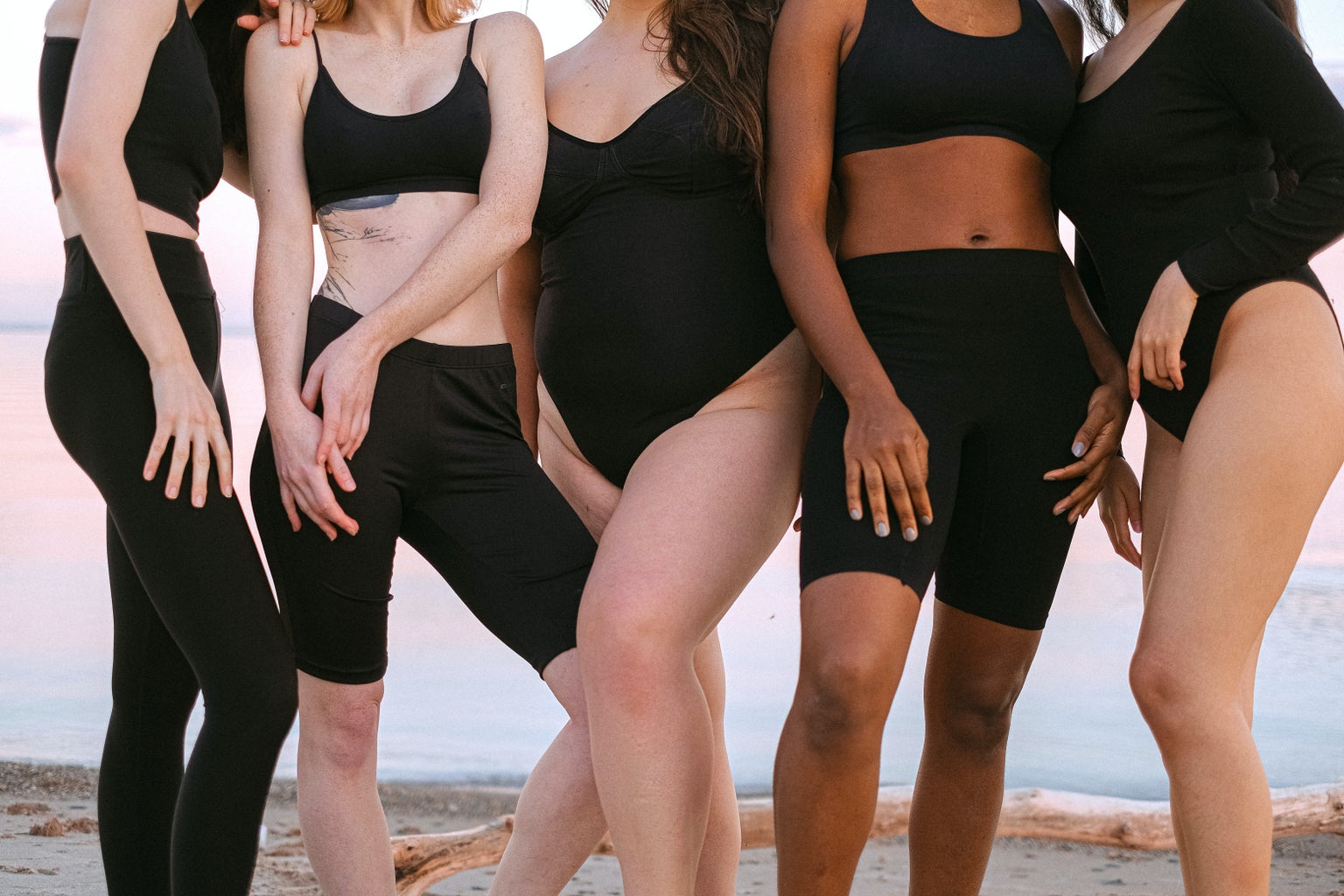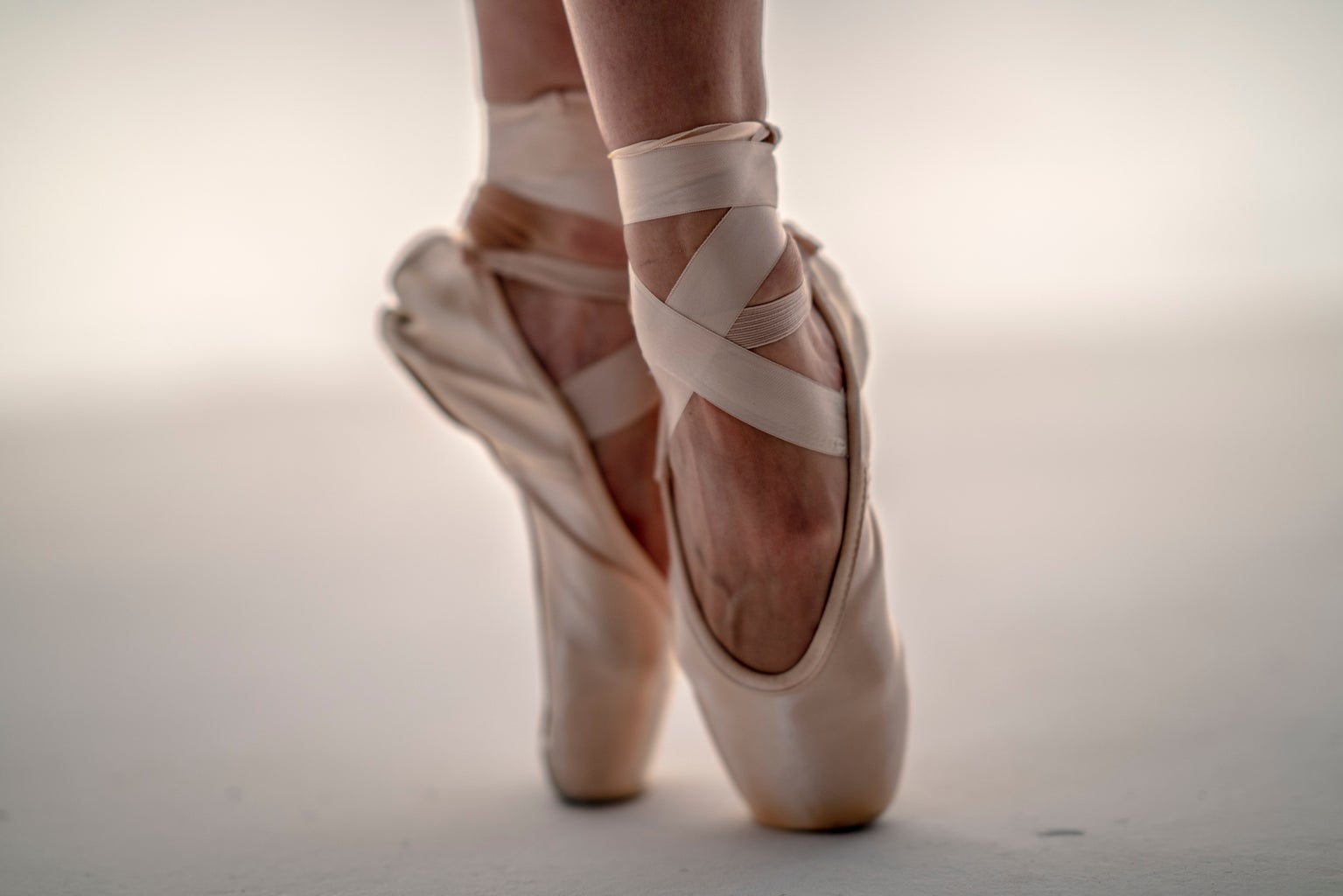I want to acknowledge the privileged it is to share my work on the stolen and unsurrendered territory of the Anishinabe Waki. As a settler who benefits from establishing Canada as a colonial state with colonial governing regulations, education systems and the continuous exploitation of Indigenous land, I recognize the importance and urgency of unlearning colonial practices and creating space for Indigenous resurgence here on Turtle Island.
I don’t know whether it’s the endorphins from moving your body, the community, costumes, music, the time spent with friends, the performance process, or all of those things and then some, but regardless of the cause, dance breeds joy.
Dance teaches discipline, respect, and accountability and sparks creativity and self-confidence. This is why at young ages, so many of us have been enrolled in dance classes.
Part of what makes dance so beautiful is its universality. Every culture has its styles, techniques, and musical accompaniment. The purpose of dance also varies. Whether done socially, recreationally, professionally, or ceremonially, dance is an art form that brings people together. However, amateur and professional dancers are often exposed to cultures, teachings, and exclusionary practices that can be harmful.
In an already highly competitive environment, non-white dancers are at a disadvantage. Access to equipment, quality classes, and rehearsal and performance opportunities are only available to some. Stepping foot into a classical ballet class is a privilege in itself. The ballet world is all about prestige. But can prestige exist without exclusivity?
Historically, the ballet was reserved for the white and wealthy. From the courts of Italian royalty during the renaissance into France, to Russia and the beginning of American ballet today, attending the ballet was a declaration of wealth. However, its European origins mean the stage was a white space. And early ballet pioneers wanted the visual aesthetic of thin, dainty, pale women. So the art form was created in the image of a white woman.
George Balanchine considered the father of American ballet, endorsed problematic practices perpetuated in Western dance classes today. For instance, he heavily encouraged ballet dancers’ extremely lean physique, so much so that it is called the “Balanchine body.” The “Balanchine body” (or ballet body) is the root of a culture of disordered eating, body dysmorphia, and self-deprecation that encourages dancers to aspire for a stature no less than perfect. According to Balanchine, the dancer’s physique is an essential part of the uniform.
Balanchine is attributed to developing groundbreaking techniques, classic choreography, and productions, such as The Nutcracker, A Midsummer Night’s Dream, and Don Quixote. But he did not accomplish any of it alone.
Katherine Dunham, Pearl Primus, and Josephine Baker are African American dance pioneers who assisted, inspired, and collaborated with Balanchine and were never formally recognized. However, the work of these women scratches the surface of the work done by Black women that have shaped the dance industry into what it is today.
With inspiration drawn from drum rhythms and movements from various African cultures, these movement styles were foundational for other dance genres like jazz, modern, tap, and contemporary. The erasure of Black artists’ contributions to art and culture dates back centuries.
There’s a widely accepted narrative in the dance community that classical ballet “is the foundation of all dance.” The statement’s eurocentrism and historical inaccuracy carry weight. It implies that all dance is European in its origins, which is simply incorrect. Not only is it untrue, but it also applies the principles of classical ballet to all dance. Keep in mind, ballet was created in the image of white women. This further creates a disadvantage for non-white people pursuing dance.
Teaching dance without challenging practices, crediting Black, Indigenous Persons of Colour (BI/POC) choreographers and performers, and prioritizing environments that produce joy is a disservice to dancers everywhere.
Today, the financial and time commitment required to pursue a dance career makes the art form inaccessible in many communities. As a result, dance classrooms remain predominantly white and wealthy, including those teaching it.
Practices, etiquette, and traditions have gone unchanged and unquestioned for years. For example, techniques designed for slim white bodies are still standard. And costumes, uniforms, and footwear still reflect Eurocentric standards—for example, pale pink shoes and tights. The pale pink is meant to mimic the dancer’s skin tone. But what happens when the dancer is not pale or pink?
Yes, within the last few years, pointe shoes and ballet slippers have been made in various shades. However, they are not equally available and accessible to all dancers. Until then, dark-skinned dancers had to dye their shoes using makeup or markers to match their skin tone.
Without dismantling the systems of oppression ingrained in classical dance teachings, the dance classrooms children attend daily will continue to breed trauma, particularly for those deemed “other.”
Three years after graduating from a high school for the performing arts, I am more aware that my experience is not an anomaly but unspoken normalcy for non-white, specifically black dancers, to be deeply hurt by the dance environment. An emphasis is placed on uniformity and blending as a group in ballet. But who does that exclude? It took me two years to feel comfortable enough to expose myself to the likely possibility that my identity as a biracial woman would be threatened in one of the environments I love most. My hair and body shape stood out, the music I listened to was different, and my cultural and family experiences differed significantly. I did not see myself in any of my peers. I struggled as an individual who, in many aspects, fit the required mould for the environment, with a fair complexion and a slim stature. Not to seek sympathy but to highlight the extreme in which an individual’s proximity to whiteness dictates their experiences and treatment in a dance class. My proximity to Blackness threatened the predominantly white heteronormative environment of my art high school’s dance classroom. My dance teachers, classmates, and their enablers stripped away the excitement of attending an art school and disconnected me from doing what I love.
Uneducated teachers and unsupportive classroom environments are damaging, and it’s time to challenge them. Dance classes are meant to be spaces of expression, joy, creativity, and discipline. Black ballerinas and dancers slowly appear in more recognizable spaces and prestigious roles. Check out the documentary below to explore the representation of Black dancers in professional dance environments.
Dance Dreams: The Hot Chocolate Nutcracker
The Hot Chocolate Nutcracker is a documentary that follows Debbie Allen and her company, the Debbie Allen Dance Academy, rehearsals for their rendition of the timeless ballet classic, The Nutcracker. It depicts Black dancers’ challenges in an art form not made in their image. This powerful documentary can begin to heal wounds that many dancers are left with.
“There is no dance history without Black history.”
– Exclusion Is Oppression: From Pedagogy to Performance
